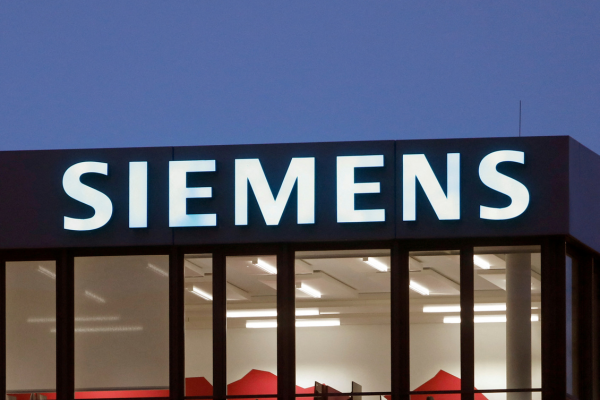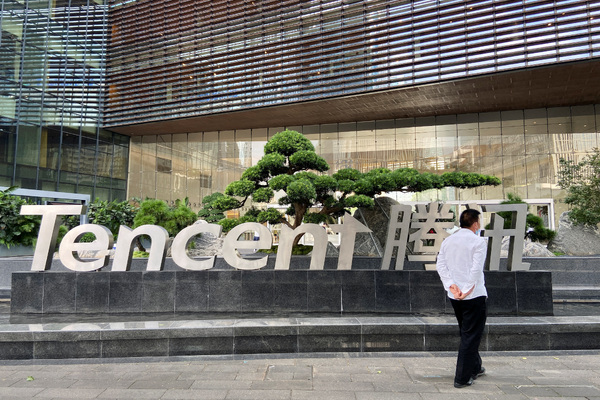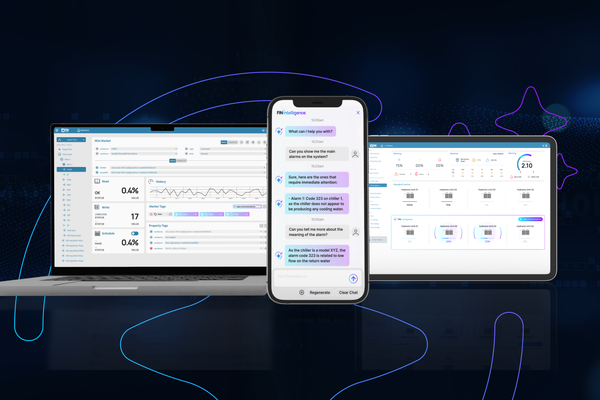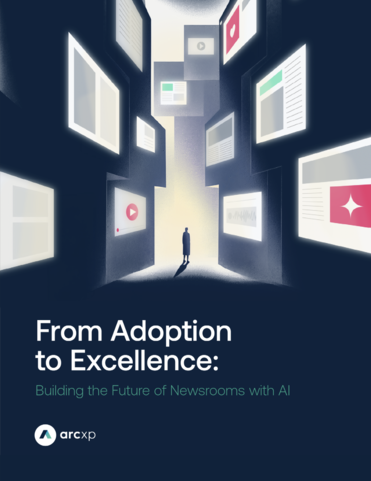AI: China vs the USA
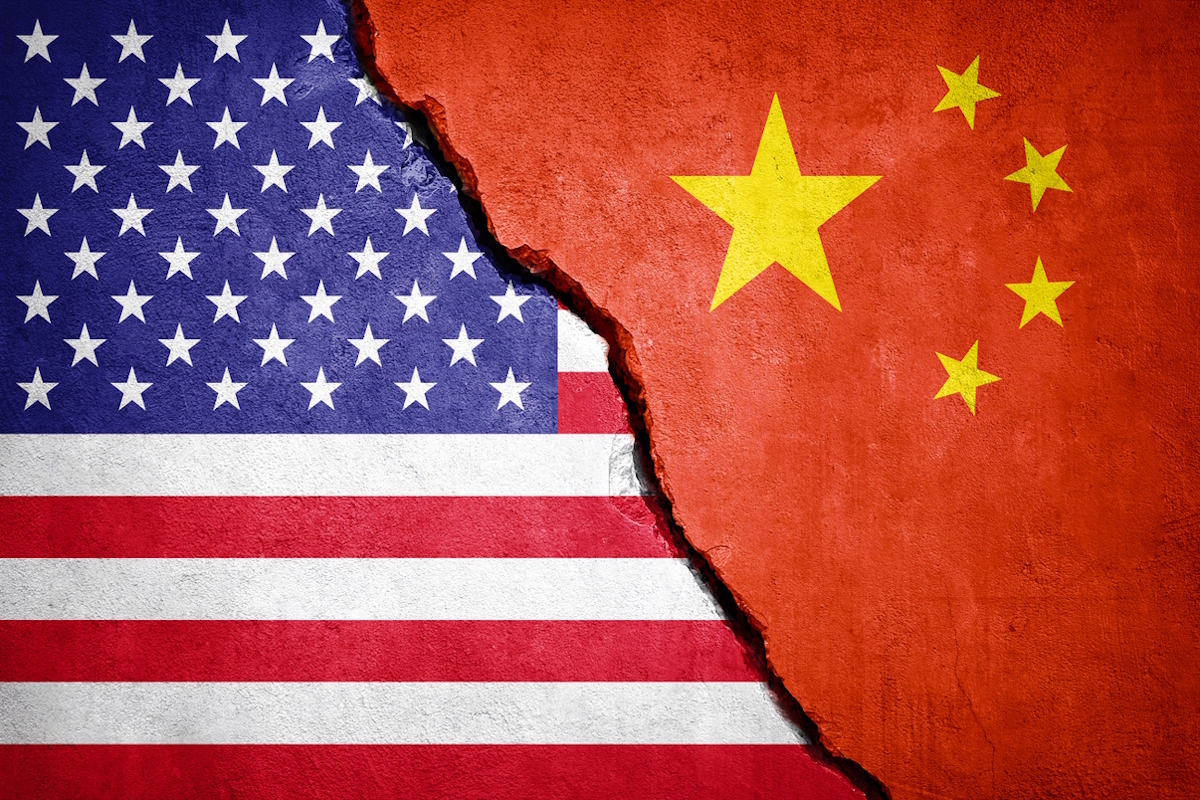
Tong Zhang at Gartner describes how the USA and China are competing in the global AI race
Generative AI (GenAI) has quickly become one of the defining technological battlegrounds of the 21st century, transforming industries, economies, and societies across the globe.
At the heart of this revolution are two superpowers—the United States and China — whose rivalry in AI development mirrors their broader geopolitical and economic influence. As these nations race for dominance, their distinct approaches to AI offer key insights for business leaders and policymakers planning to deploy GenAI globally.
Regulation and governance
To start, the regulatory environments in the USA and China play a major role in their AI development paths. The American regulatory framework is characterised by a relatively hands-off approach, which encourages innovation but also leads to ongoing debates over ethical considerations and data privacy. This environment allows for rapid technological advancement, though it sometimes results in public backlash and calls for more stringent regulations.
China, by contrast, operates under a more centralised and prescriptive approach where the government guides AI development, avoiding negative impact on the people. All generative AI models that are open to the public must go through supervision to explain the source of training data, algorithm mechanisms, etc. While this regulatory framework enables tighter control over AI’s societal impact, it also presents a challenge for Chinese companies looking to expand globally.
Talent pipelines
Talent availability is a critical factor in the AI race. China has created a consistent pipeline of AI talent through significant investments in education, while the USA continues to attract top-tier researchers, including many from abroad. About 38% of the top AI researchers working in America are from China.
However, the competition for skilled workers is intensifying, with both countries striving to secure the expertise needed to maintain leadership in AI innovation.
Energy challenges
Both nations face significant energy demands from GenAI development. Nuclear fusion is being explored as a long-term solution, but current energy consumption levels highlight the urgent need for sustainable innovation.
Differing approaches to GenAI
For both China and the USA, AI is not just a technological advancement; it is a strategic imperative.
The USA holds an advantage with a robust cloud-based ecosystem, supported by established market leaders like OpenAI, Google DeepMind, Anthropic and Meta. These companies operate with substantial autonomy. Other than Meta, all other companies only provided proprietary solutions to maintain their technology supremacy.
China, on the other hand, is closing the gap with both proprietary and open-source models, with strong government support steering AI development through initiatives such as the New Generative AI Regulation and Data Sharing. On-premise deployment dominates the market, with the preference of open-source models such as DeepSeek. Other ecosystems such as ByteDance and Alibaba are emerging.
Opportunities and constraints
For businesses deploying GenAI, these differing approaches present opportunities and constraints:
- China: Ideal for organisations seeking tightly controlled ecosystems and rapid scalability in sectors like e-commerce, content creation and manufacturing. However, limited interoperability with global systems and regulatory stringency may pose challenges.
- USA: Offers a mature commercial ecosystem with cutting-edge tools for applications like AI-powered search and GenAI empowered enterprise applications. Yet, fragmented governance and rising energy costs may hinder large-scale deployments.
Consequently, Gartner recommends organisations to:
- Align deployment with ecosystem strengths: Evaluate which country’s ecosystem best supports your organisational goals. For instance, China’s focus on industrial automation may suit manufacturing firms, while the USA excels in consumer and enterprise SaaS solutions.
- Plan for regulation and compliance: Adapt to the regulatory environment of your target market. Consider privacy, data-sharing, and export control laws when deploying GenAI solutions.
- Address energy constraints: Prioritise energy-efficient technologies and explore partnerships that provide access to sustainable energy sources.
- Invest in talent: Develop internal AI expertise to reduce dependency on external ecosystems, ensuring resilience in a competitive and dynamic global market.
A global AI landscape in flux
The global AI landscape is far from static. Regulatory changes, geopolitical tensions, and technological breakthroughs are constantly reshaping the competitive dynamics.
For businesses operating in both markets, understanding these differences is crucial. The USA offers cutting-edge AI technology and mature ecosystems, while China presents massive commercial opportunities with its large consumer base and government-driven adoption. Navigating this evolving landscape will require strategic foresight, adaptability, and a deep understanding of the regulatory and technological forces shaping the future of AI.
As both nations continue to push the boundaries of AI capabilities, the key question remains: Will AI development lead to greater global collaboration or deeper technological fragmentation? The answer to this will likely define the next phase of geopolitical competition and global economic power.
Tong Zhang is Senior Director Analyst at Gartner
Main image courtesy of iStockPhoto.com and ffikretow

Business Reporter Team
Related Articles
Most Viewed
Winston House, 3rd Floor, Units 306-309, 2-4 Dollis Park, London, N3 1HF
23-29 Hendon Lane, London, N3 1RT
020 8349 4363
© 2025, Lyonsdown Limited. Business Reporter® is a registered trademark of Lyonsdown Ltd. VAT registration number: 830519543
